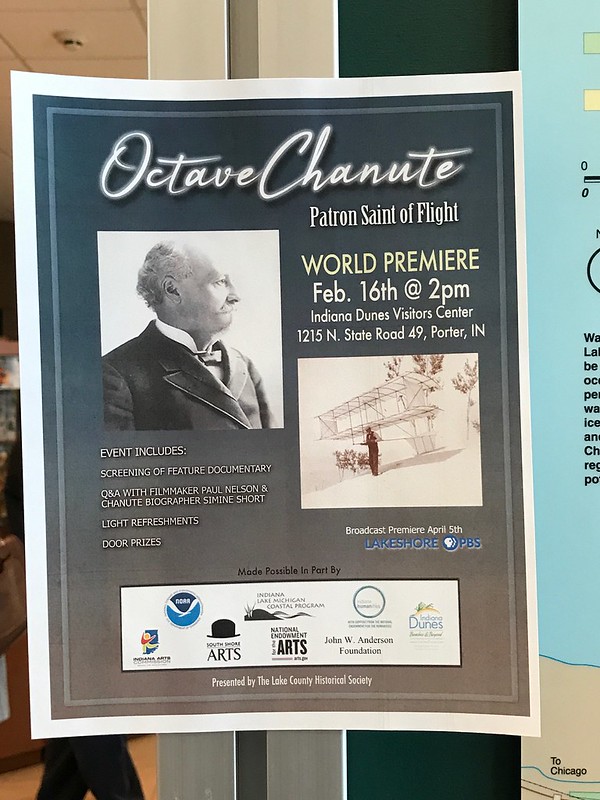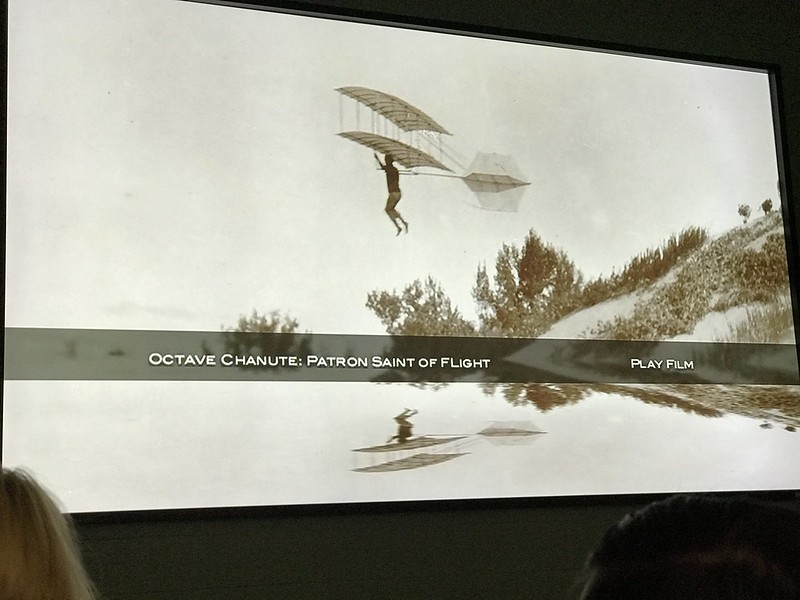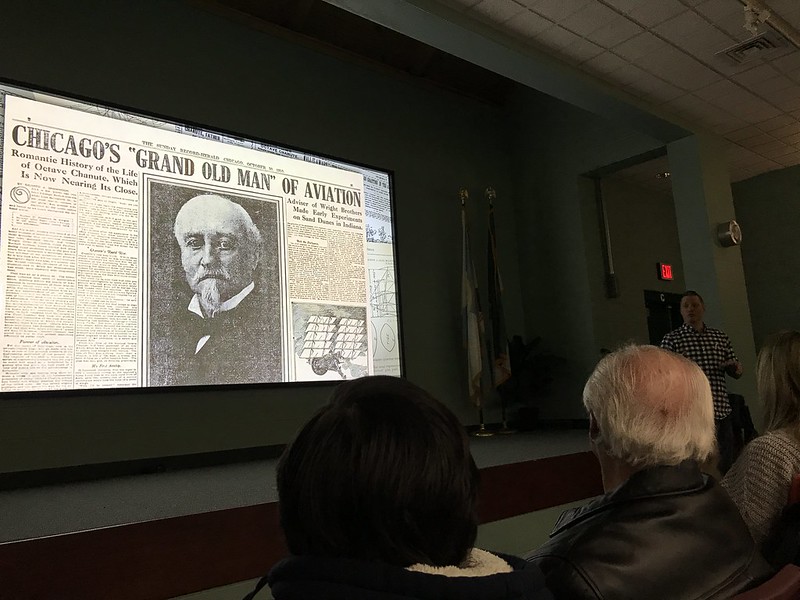With a day off from work, temperatures in triple digits, and no air conditioning in my apartment (I’m a holdout), I decided Independence Day would be a great opportunity to go to the movies.
Choosing a movie is always hard. I don’t like urban, gritty, violent, inane, Disney, or Disneyesque movies, which doesn’t leave much these days except the occasional period drama or book adaptation, and even some of these (like the 2011 Jane Eyre) disappoint me.
J. mentioned Prometheus, but after reading the description I had an unpleasant vision — right or wrong — of Solaris with George Clooney. When I looked on Flixter, a movie called Moonrise Kingdom had scored more than 90 percent positive with both critics and moviegoers, and the plot seemed innocuous. So that’s what we set out to see.
Normally, going to a movie on July 4 is the last thing I’d think of, so I was surprised to find a good-sized crowd at the ShowPlace ICON Theatre on Roosevelt Road. I thought most people would be watching TV or entertaining in their air-conditioned homes or, if feeling especially heat resistant, cooking out in their yards or favorite parks. But many like us apparently decided to escape the relentless sun and heat in the dark coolness of a movie theater.
When the ticketing system asked us to choose our seats, we were surprised to find that the only seats left were a few in the front, those for the disabled, and a few scattered singles. Our only choice was to be on top of the screen. We wondered what was up because we’re used to these theaters being at most one quarter to one half full, even for a big movie like the first Sherlock Holmes directed by Guy Ritchie. When the lights came on at the end, we saw that there really had been a nearly full house.
First, I should admit that I’d never seen a film directed by Wes Anderson. I mention this because so much of the commentary online is focused on how Moonrise Kingdom is (or isn’t) a typical Wes Anderson film. I can’t agree or disagree with either position. Even if Moonrise Kingdom were just like every movie that Anderson’s made, at least it’s not a sequel or a period piece written, acted, and filmed according to today’s sensibilities. That alone gave it a leg up in my world.
If the title Moonrise Kingdom weren’t enough of a hint, the maps showing the location throughout and the stylishly clad narrator (Bob Balaban) who describes future events are strong clues that this is a fable that requires us to lay aside our expectations of realism or at least reality and to fire up what imagination remains to our adult selves.
Set in 1965, the story is centered on two misfit pre-teens, Suzy (Kara Hayward) and Sam (Jared Gilman). We’re taken on a tour of Suzy’s house and family as though it were a dollhouse and they the inhabitants whose lives are exposed from almost any angle — a sly acknowledgment of their unwitting role as subjects and our omniscient one as viewers. This is no ordinary house in an ordinary location. It’s part of a series of isolated and insular New England coastal islands, a world unto itself.
It’s raining to beat the band, and each family member finds a way to fill his or her time. The boys don’t watch TV or play Battleship; they listen to an educational recording by Benjamin Britton. At first Suzy turns her vision inward, reading one of her fantastically titled library books, then she picks up her binoculars to look outward toward the normally expansive world of water, now confined by rain and mist.
From this restricted and restrictive world of Suzy and her trapped family, we’re transported to the great outdoors and the equally restrictive, even hostile world of Suzy’s counterpart Sam — the Khaki Scouts. When the officious Scout Master Ward (Edward Norton) discovers Sam has gone AWOL, his Scouts consider the unpopular missing boy a “fugitive” and arm themselves accordingly.
For the rest of the movie, it’s Sam and Suzy vs. the dysfunctional adults around them. No matter how troubled the parents, scout leaders, police, and other authority figures may be, Sam and Suzy emulate their furrowed brows, he while smoking his short-stemmed pipe, she while sporting an eye makeup combination last seen on one of James T. Kirk’s alien conquests. The misadventures, some epic, that follow are never bust-a-gut, slapstick hilarious, but with a few gratuitously sad exceptions they are delightfully amusing. The audience soon finds itself guiltily on the side of a friendship so unfamiliar to the 12-year-old couple that they want it to be love and for it to last forever.
Too many directors fail to use the visual, kinetic possibilities of film, but Anderson isn’t one of them. His color palette evokes the popular Hipstamatic and Instagram apps, which in turn mimic the grainy, off-hue, decaying prints taken by cheap cameras decades ago. The characters and the camera are kept moving — away from one destiny and toward another. Many of the visuals, even the maps on which the fugitives’ progress is tracked, are memorable.
Each time you see Moonrise Kingdom, you’ll probably spot some new visual, verbal, or aural nuance. The performances are spot on, although I confess I didn’t recognize Bruce Willis as Captain Sharp. Newcomers Hayward and Gilman are the showstoppers, while Norton as painfully earnest and ineffectual Scout Master Ward never misses a beat.
For such a quirky film, the ending is predictable and conventional, yet still satisfying, while leaving the possibilities open. As Samuel Clemens knew, that’s the way childhood fables should end.


























